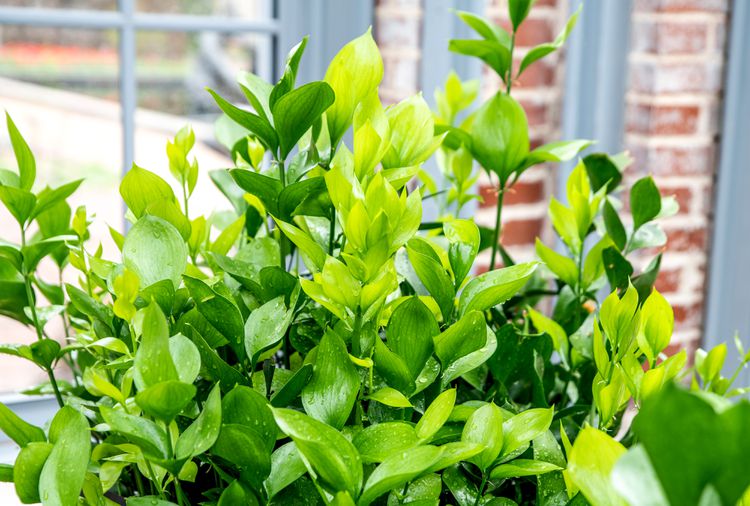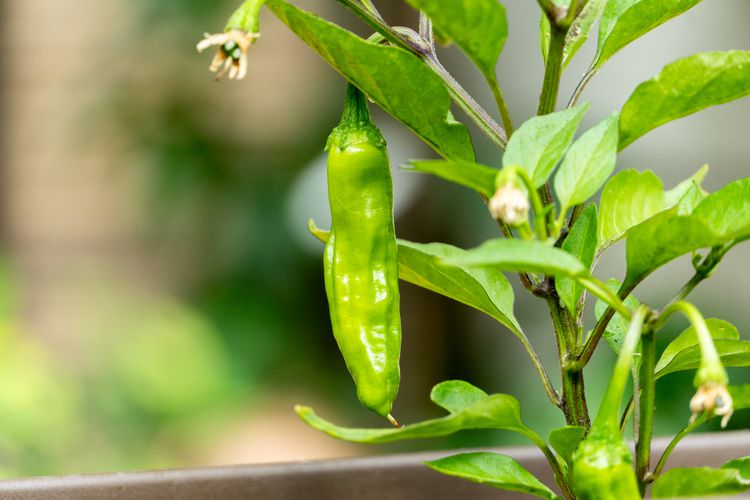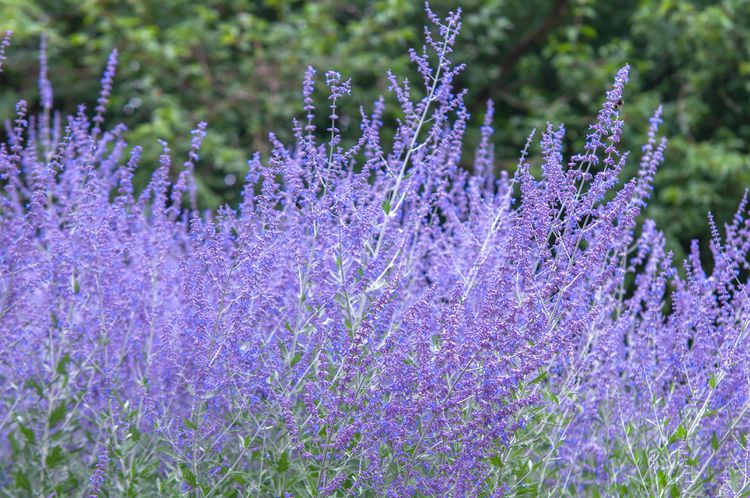Barbara Gillette is an accomplished Master Gardener, herbalist, beekeeper, and writer, boasting three decades of expertise in cultivating and propagating a variety of fruits, vegetables, herbs, and ornamental plants.

Gomphrena is a genus of enduring perennial plants that thrive in tropical and subtropical areas globally. Commonly referred to as globe amaranth, these plants can be found in a variety of habitats, including open woodlands, deserts, sandy hills, and arid riverbeds. In some regions, specific species are regarded as invasive weeds.
Various species, especially G. globosa and G. haageana, are favored annuals in cooler climates, bringing bright hues to gardens from June through to the first frost. These easy-care plants feature delicate, clover-shaped flowers in a range of colors that maintain their brilliance even when dried.
This plant exhibits a tidy growth pattern, making it perfect for adding vibrant mid- to late-season hues to empty areas in the garden. Its flowers emerge in clusters atop stems that reach heights of one to two feet, accompanied by elongated, narrow leaves that are also edible.
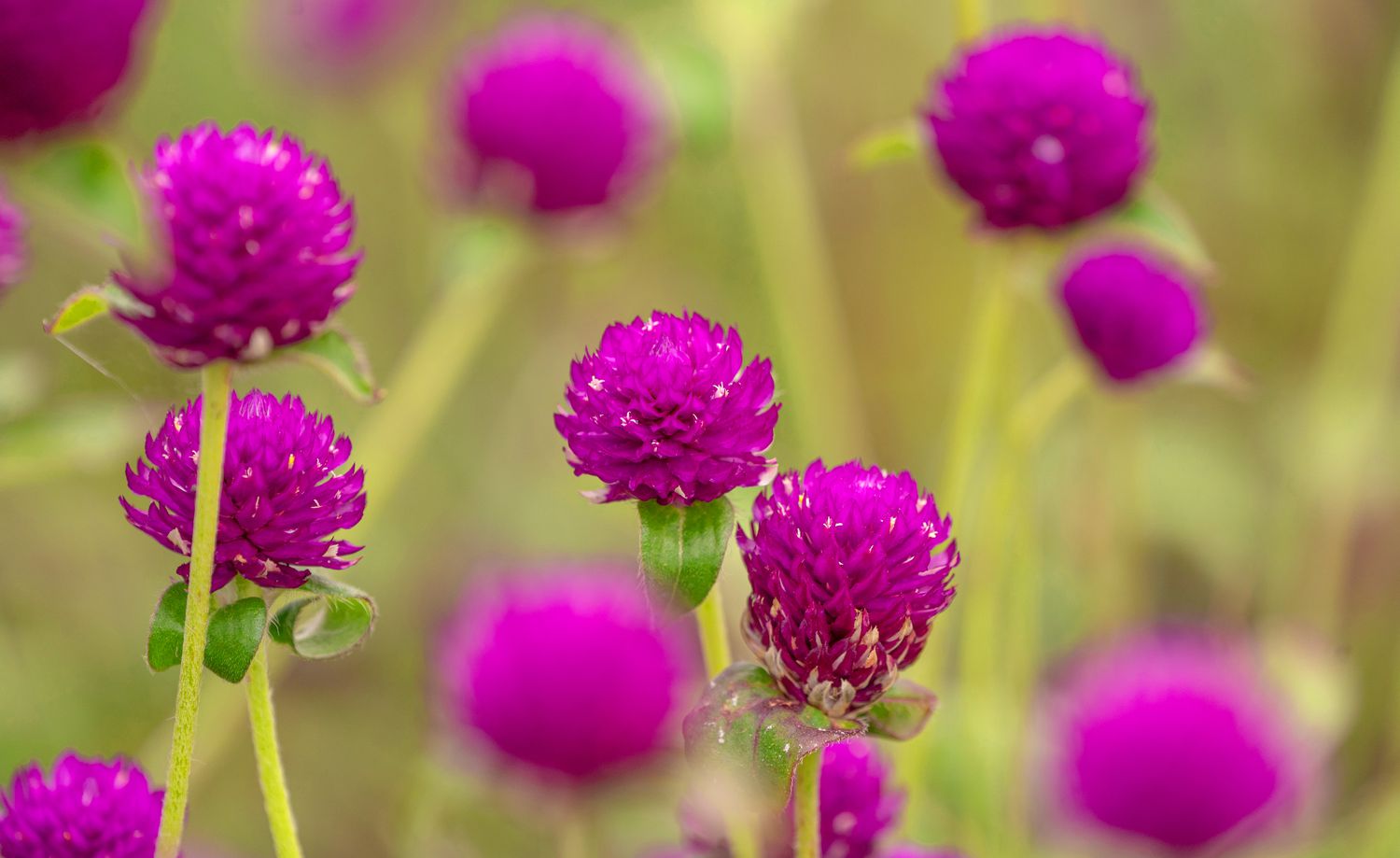
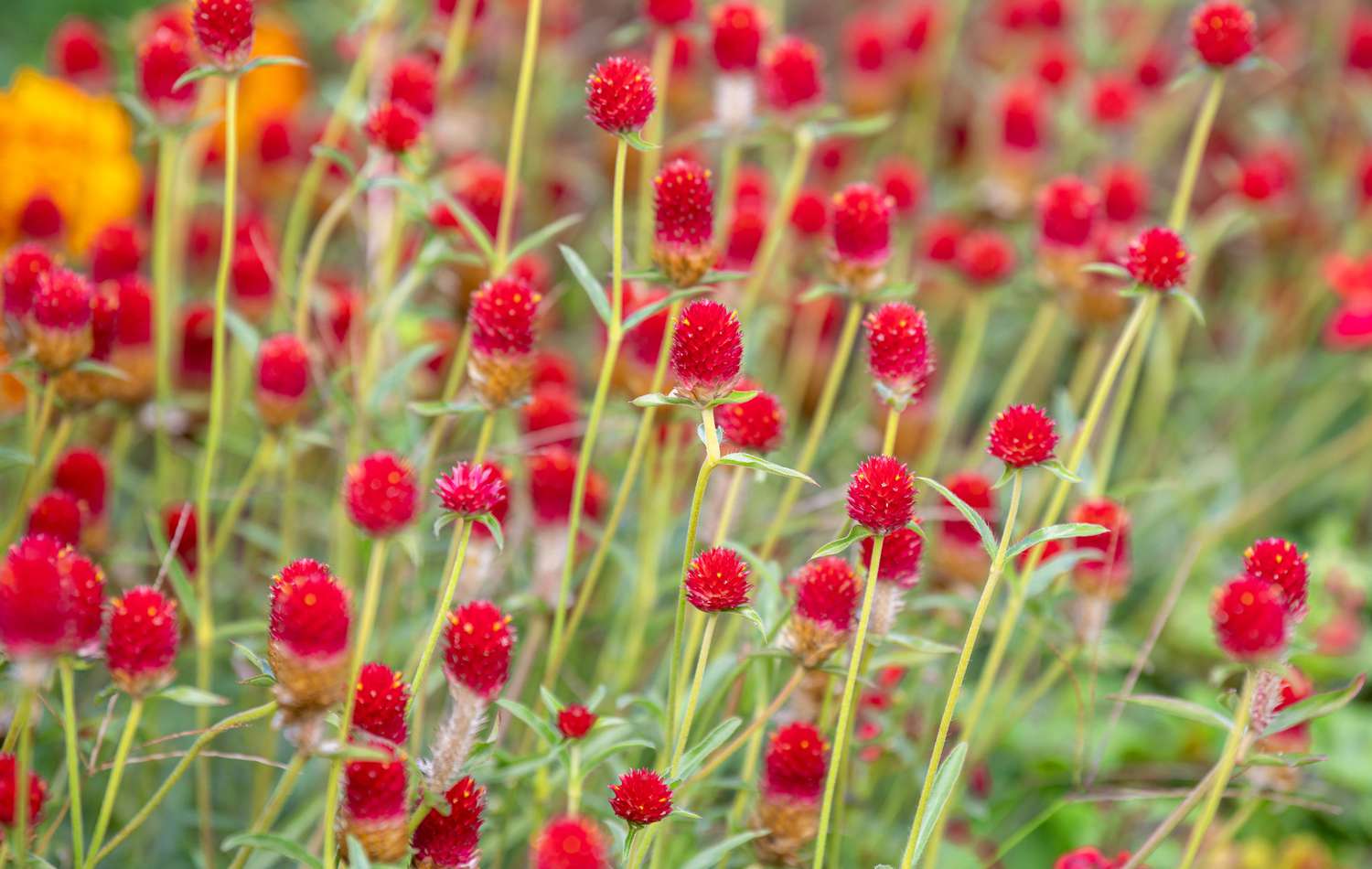
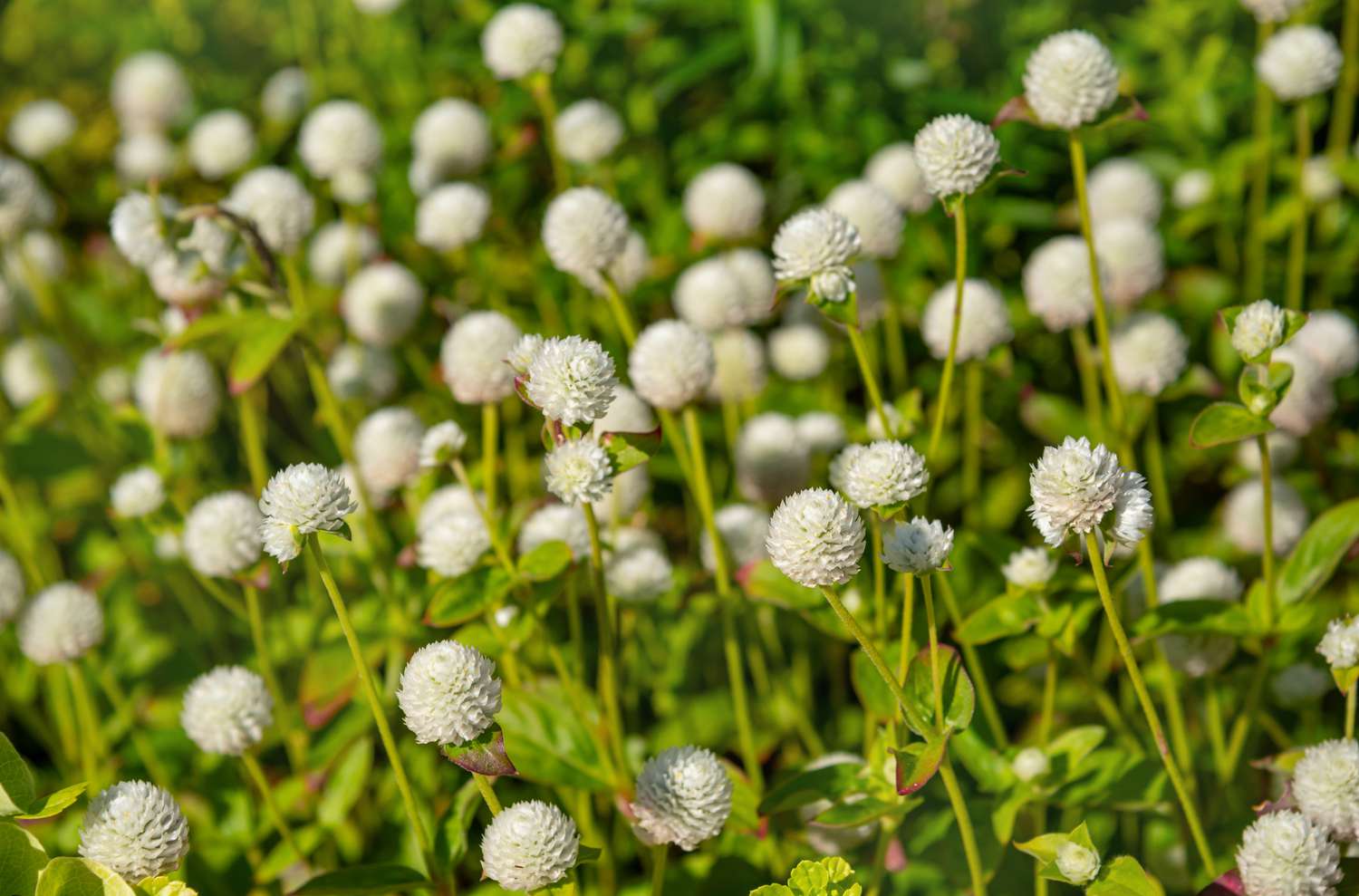
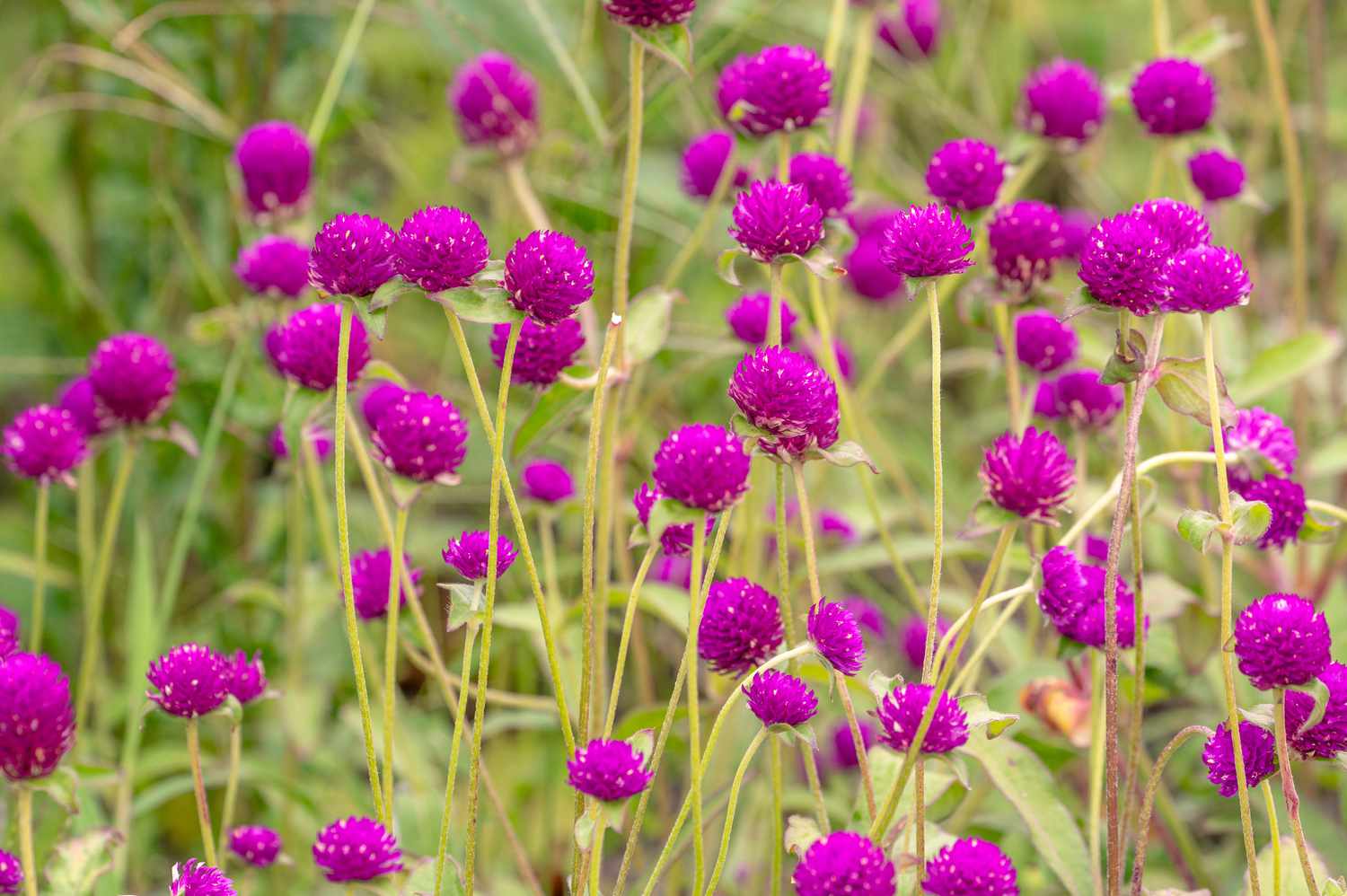
Planting
Plant seedlings or sow seeds in an area that receives a minimum of six to eight hours of direct sunlight each day. It may be beneficial to begin germinating seeds indoors six to eight weeks prior to the last frost in your region.
Moreover, you’ll discover a wider selection of seeds in various colors compared to those grown in nurseries. In USDA hardiness zones 9 to 11, it’s advisable to wait until the soil temperature hits 70°F before planting seeds. On the other hand, transplants can be placed in the ground once temperatures reach 65°F.
Gomphrena thrives in various soil types as long as they provide good drainage. When planting seedlings, space them 12 to 18 inches apart. If you’re sowing seeds directly, plant them to a depth of approximately 1/8 of an inch. It’s important to leave the seeds either uncovered or only lightly covered, as they require light to germinate.
When sowing seeds directly in the garden, it may be necessary to thin the young plants to promote their best growth and blooming. To help the plant develop a bushier look, pinch off the initial buds.
Light
Position gomphrena in an area that gets full sunlight, ideally receiving six to eight hours of direct sunlight each day.
Soil
Gomphrena thrives in various soil conditions, flourishing in sandy, loamy, chalky, and clay soils. The primary necessity is that the soil has good drainage. Additionally, these plants can withstand a spectrum of soil pH levels, ranging from slightly acidic to slightly alkaline.
Water
Once they are well-established, plants can withstand periods of drought. However, they will thrive and appear healthier if they receive adequate moisture during hot and dry conditions. To ensure proper watering, avoid getting the leaves wet and focus on watering the soil when the top inch feels dry.
Climate and Moisture Levels
Gomphrena thrives optimally in temperatures ranging from 65 to 75°F and is sensitive to frost. In USDA hardiness zones 9 to 11, where it is cultivated as a short-lived perennial, it is advisable to trim the plants back to the ground after the growing season concludes. These plants favor a drier environment, as excessive humidity can result in problems such as powdery mildew.
Fertilizer
You may opt to apply fertilizer to gomphrena once or twice throughout the growing season; however, these plants do not necessitate additional nutrients and do not favor any specific type of fertilizer.
Incorporating compost into the planting zone or applying a layer of organic mulch ensures that these low-maintenance flowers receive the necessary nutrients. For container gardening, opt for potting soil that contains slow-release nutrients.
Varieties of Gomphrena
Every variety of Gomphrena is particularly appealing to pollinators such as bees and butterflies. In the U.S., Gomphrena is commonly grown as an ornamental plant in gardens, as a cut flower, or as a dried flower in everlasting arrangements.
- Common globe amaranth (G. globosa) encompasses various cultivars that are cultivated as annuals or herbs in gardens. The small white or yellow flowers are encircled by vibrant pink, purple, or white, forming distinctive globe-shaped blossoms.
- Strawberry globe amaranth (G. haageana) is a favored choice for residential gardens, featuring clover-shaped flowers that are a vibrant strawberry red, accented by tiny yellow centers.
- The pink globe amaranth (G. pulchella) features clusters of bright pink flowers accompanied by small tangerine-hued blossoms. This variety flowers from spring through to frost, exhibiting a mounding growth pattern and gently arching flower spikes.
- Sonoran globe amaranth (G. sonorae) is a desert plant native to Arizona and New Mexico, thriving in sandy inclines and arid riverbeds. It produces flowers in shades of white and pink from August to December.
Methods for Propagating Gomphrena
Gomphrena can be readily multiplied through cuttings. To rapidly expand your plant collection, you can take cuttings from established plants, which will take root and start to develop within approximately a week.
- Trim a branch from a fully grown plant and eliminate all leaves except for those at the top.
- Place the cutting into the potting soil, ensuring that the lower nodes are buried.
- Stem cuttings establish roots rapidly and can be transplanted in a brief period.
Steps for Cultivating Gomphrena from Seeds
Gomphrena is typically grown as an annual in various USDA hardiness zones, making seed propagation a straightforward method for cultivating it in your garden. Begin by sowing seeds indoors six to eight weeks before the last expected frost. To get started, you will require seeds, containers or a seed starting tray, along with a suitable potting mix.
- Immerse the seeds in water at room temperature for a night to enhance the germination process.
- Fill the containers with potting mix.
- Disperse the seeds over the top of the soil without covering them. Gomphrena seeds need exposure to light for successful germination.
- Position the containers in an area that receives ample sunlight and maintain the soil’s moisture until the seedlings begin to sprout.
- When seedlings develop multiple sets of leaves, they can be transferred into separate pots.
- As the daytime temperatures near 70 degrees, gradually acclimate the plants to the outdoor environment before moving them to the garden or outdoor pots.
Transplanting Gomphrena
Gomphrena is typically cultivated in garden beds, although certain varieties can thrive in pots. Given their tendency to branch out and form mounds, these plants require spacious containers equipped with ample drainage holes.
To promote optimal flowering, it’s essential to water more often and apply fertilizer. Opt for potting soil that contains a slow-release fertilizer.
Overwintering
In USDA hardiness zones 9 through 11, gomphrena thrives as a delicate perennial with a short lifespan. At the conclusion of the flowering period, trim the plants back to the soil. When grown in pots indoors, this plant struggles to survive the winter.
Frequent Insects and Plant Ailments
Aphids and flea beetles are drawn to the fresh growth of gomphrena plants, but they rarely inflict lasting harm. A vigorous blast of water from a hose or the application of a gentle insecticidal soap can effectively manage significant infestations.
Gomphrena thrives in warm conditions but is susceptible to fungal diseases in cool and moist environments. To address issues like powdery mildew, leaf spot, and gray mold, apply a fungicide. Ensure the plants are positioned to receive ample direct sunlight, and water them at the soil level only when the top inch of soil feels dry.
Tips for Encouraging Gomphrena to Flower
Gomphrena begins to flower early in the season, reaching its fullest display of blossoms in the middle to late summer and early fall. While the plants naturally produce flowers without any prompting, pinching out the early buds can promote branching, resulting in a more robust appearance and an increased number of blooms.
Flowering Periods
The majority of varieties cultivated in gardens flower from June through to the first frost.
What is the duration of the blooming period for Gomphrena?
Gomphrena produces flowers consistently during the growing season, with the highest concentration of blooms occurring during the peak summer heat and extending into early fall.
How do Gomphrena flowers appear and what is their fragrance like?
These blossoms are cherished for their bright hues and clover-shaped flowers that rise on stems measuring between 12 and 20 inches, which may stand tall or gently droop. While they lack a scent, they do secrete nectar that draws in bees, butterflies, and hummingbirds.
Ways to Promote Increased Flowering
Promote an increased number of flowers by removing the initial buds. This technique encourages the plant to develop more branches, resulting in a fuller, more rounded shape adorned with additional blooms.
Caring for Gomphrena Post-Blooming
Gomphrena, often referred to as an everlasting flower, retains its bright hues even after drying. You can either allow the blooms to dry while still attached to the plant, or you can cut the stems, strip the leaves, and hang them upside down to preserve the flower’s distinctive globe shape.
For those residing in USDA hardiness zones 9 to 11 who wish to protect their plants during the winter, it’s advisable to trim them down to the ground after they have finished blooming.
Removing Spent Gomphrena Blooms
There is no need to remove spent flowers from gomphrena. While the plants may self-seed, the amount is usually minimal.
Frequent Issues Encountered with Gomphrena
Gomphrena is an easy-care plant that thrives with minimal needs, primarily requiring ample sunlight and soil that drains well. It’s an excellent option for novice gardeners, providing vibrant color to summer flowerbeds with minimal upkeep to maintain its appealing appearance.
Do gomphrena plants return each year?
Gomphrena are delicate perennials with a short lifespan, thriving naturally in tropical and subtropical areas. In cooler climates, they are cultivated as annuals in gardens.
Is it necessary to deadhead gomphrena?
There is no need to deadhead gomphrena. The plants naturally die back when frost arrives, and if they do reseed, it tends to be inconsistent. Any unwanted plants can be easily removed. Additionally, deadheading does not promote a second bloom.
Does gomphrena have the ability to self-seed?
It has the potential to self-seed, and certain varieties, like G. serrata, can turn into a problematic weed in warmer regions. In northern gardens, species and cultivars that are cultivated as annuals may occasionally self-seed, but the rate of germination is typically low, resulting in the emergence of very few, if any, plants.
Where is the best location to plant gomphrena in my garden?
Gomphrena thrives in bright sunlight, so it’s best to position them in an area that gets a minimum of six hours of direct sunlight each day.


